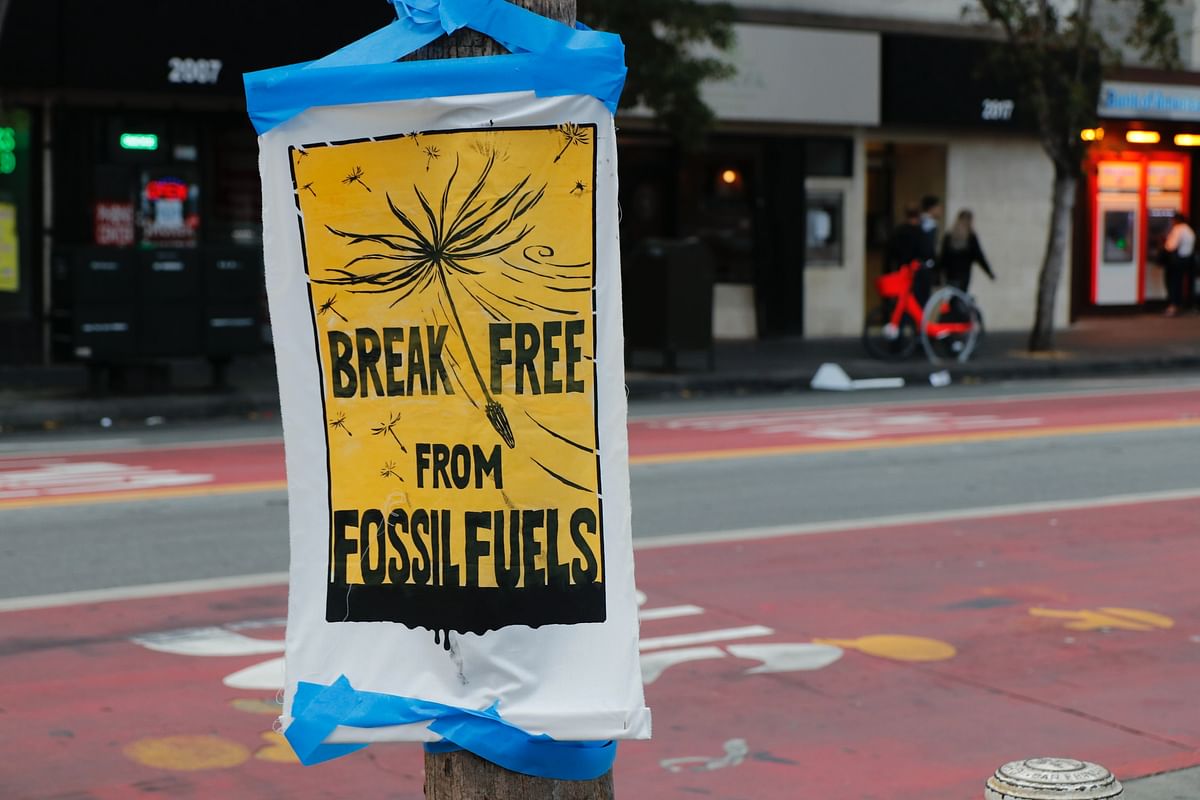[ad_1]
India on Jan. 4 announced Rs 19,744 crore worth of incentives under the National Green Hydrogen Mission as the nation continues to look for ways to cut reliance on imported fossil fuels.
This proposed spending includes Rs 17,490 crore for the Strategic Interventions for Green Hydrogen Transition programme, Rs 1,466 crore on pilot projects, Rs 400 crore on research and Rs 388 crore on other parts of the mission.
The government will use the mission to target domestic electrolyser manufacturing and green hydrogen or GH2 production from splitting water into hydrogen and oxygen by passing electricity through it.
Indian companies, including Gautam Adani-led conglomerate and Mukesh Ambani-controlled Reliance Industries Ltd., have made pledges worth billions of dollars to develop the green hydrogen ecosystem. They are betting on the nation’s plan to produce 5 million tonnes of green hydrogen per year by 2030.
BQ Prime had earlier analysed the costs and challenges that the green hydrogen dream faces. Here’s all you need to know:
When hydrogen burns, the byproduct is heat and water without greenhouse gas emissions.
That makes it a great substitute to fossil fuels, in theory, to produce everything from steel, cement and fertilisers to trains, ships and aircraft. That too, without increasing carbon footprint.
As of now, India’s annual hydrogen consumption is 6.7 million tonnes —half of which is used for petroleum refining, while bulk of the rest is in fertiliser manufacturing. The Energy and Resources Institute or TERI estimates this demand to go up 10 times by 2050.
But that hydrogen is ‘grey’ — produced using fossil fuels and releases carbon dioxide.
The biggest hurdle is the cost of producing green hydrogen. It’s very high.
While electrolysis is easy to perform in a lab setting, using it to generate hydrogen at an industrial scale requires huge investments.
BQ Prime earlier reported that according to the International Energy Agency, producing a kilogram of green hydrogen can cost $3-$7 right now. That compares to $0.7-$1.6 for producing the same amount of hydrogen using natural gas and up to $2.5 per kg with coal.
Globally, the $2-mark is seen as a tipping point for green hydrogen to start seeing widespread adoption. Ambani has to deliver it at $1 per kg by 2030.
There is another problem. As hydrogen is the lightest gas, it needs to be compressed, mixed with natural gas or chilled into a liquid for transportation. That adds to the costs.
Hydrogen production requires electrolysers and renewable energy.
Electrolysers are pricey. Kashish Shah, energy analyst at the Institute for Energy Economics and Financial Analysis, told BQ Prime earlier that electrolyser prices need to come down from the current $750 per kilowatt on an average to around $250 for green hydrogen to be viable.
Renewable energy also is costlier then coal-generated power, though prices have been declining over the years.
Renewable energy costs around $30 per megawatt–hour of electricity. That needs to come down to below $20 per MWh, Shah said. That will bring the green hydrogen cost down to $1.5 per kg, he said.
Economies of scale, higher demand, investments and production volumes will make electrolysers and, in turn, green hydrogen cheaper.
Shah cited the example of how battery and solar modules prices came down over the years.
For India’s target of producing 5 million tonne of green hydrogen a year, it will need at least 10 gigawatts of electrolyser capacity.
Adani and Ambani plan to set up electrolyser factories.
The other issue comes from the nature of renewable energy—electricity is generated only when the sun is out or the wind is blowing at a certain velocity.
Shah had told BQ Prime that most renewable plans operate at a low capacity utilisation of 25-30%.
One way to offset that could be by using excess electricity on the grid to generate hydrogen, which can be stored and used as an energy source, Shah said.
Hydrogen is colourless, but it is identified with colours based on the source.
The most–used method from natural gas or methane, using steam reformation, produces grey hydrogen. It is the most environmentally–damaging variant—10kg of CO2 are released for producing 1kg of hydrogen gas.
Blue hydrogen—touted for use till green hydrogen costs come down—uses the same process as grey, but captures the CO2 that is released at the end. Ambani is planning to make Reliance Industries Ltd the largest blue hydrogen maker in the world by repurposing a $4-billion plant.
A study from last year showed that blue hydrogen has a 20% higher global-warming footprint, compared to if natural gas was burned directly instead. Besides, it also leads to methane leakage that is 80 times more potent than CO2 in heating the Earth.
And carbon capture systems are expensive and unproven.
‘Turquoise’ hydrogen is a low-emissions alternative that also uses natural gas as feed, but siphons the polluting carbon as a solid instead. However, this technology is very much in a nascent stage.
Then, there is pink (produced from nuclear energy) and white (encrusted in earth) hydrogen, but are considered for commercial use.
The government has announced Rs 19,744 crore worth of incentives. CLSA says now it’s time to take measures to generate demand for the cleaner fuel.
“We now look forward to steps for demand creation with mandates and viability gap funding for early adopters,” CLSA said in a note dated Jan. 5.
“Overall, green hydrogen opens up an alternative front for renewables to seek better profitability versus supply in the competitive power market, apart from helping India on its net-zero pathway,” it said.
Apart from Adani Group and Reliance Industries, NTPC Ltd., PowerGrid India Ltd., Larsen & Toubro Ltd., MTAR Technologies Ltd., Greenko Group, ACME Solar Ltd., Linde India, Indian Oil Corp. and GAIL (India) Ltd. have firmed up plans.
[ad_2]
Image and article originally from www.bqprime.com. Read the original article here.

